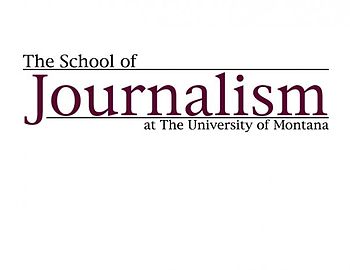 |
| English: The EMHS iPhone app screenshot (Photo credit: Wikipedia) |
Resisting the urge to pull out your phone in class is quite difficult for many students, apparently. There are texts to answer, emails to read, snapchats to send, and rude comments to post on Yik Yak. But two students at California State University at Chico have created something they hope will persuade students to keep their phones tucked firmly in their pockets: An app that rewards them with coupons for local businesses when they exhibit self-control and leave their phones untouched during class.
Rob Richardson, a junior computer-science major, got the idea for the iPhone app, called
Pocket Points, by looking around his classes and seeing what he considered to be far too many students with their heads down, paying attention to their phones rather than to the lesson taking place in front of them.
If you’re in class, it’s simple: “There should be no reason you should be on your phone,” Mr. Richardson argues. He says he realized there was a business opportunity that could also help students pay better attention.
Here’s how it works: Students acquire points—based on the length of time the phone is locked and how many people around them are also using the app—that can then be redeemed for discounts at local businesses. The app is location-based and works only on the campus. The app is being extended to other campuses as well, including a few community colleges and high schools.
Professors have been some of the app’s biggest supporters, Mr. Richardson says. Some have even expressed interest in offering rewards to their students, like extra credit or attendance points, through the app, though Mr. Richardson says such features are not currently being explored.
The app also has a leaderboard and rankings, elements incorporated to “gamify” it, says Mr. Richardson’s co-founder, Mitch Gardner, a senior business-marketing major. Some students appear to care more about those elements than the coupons.
Mr. Richardson coded the app last summer, while Mr. Gardner got local businesses on board.
Though the app is meant to help students focus on their studies, Mr. Gardner says, it was difficult to do so while they were setting up the app last semester.
“I don’t think our grades were very good,” Mr. Gardner admits with a laugh.
Both Mr. Richardson and Mr. Gardner have taken a leave of absence from Chico State this semester and are working full time in an office in Chico to further develop the software.
Right now, Pocket Points is focused on education, but its creators say it could one day move beyond that—because students aren’t the only ones addicted to their phones.



















